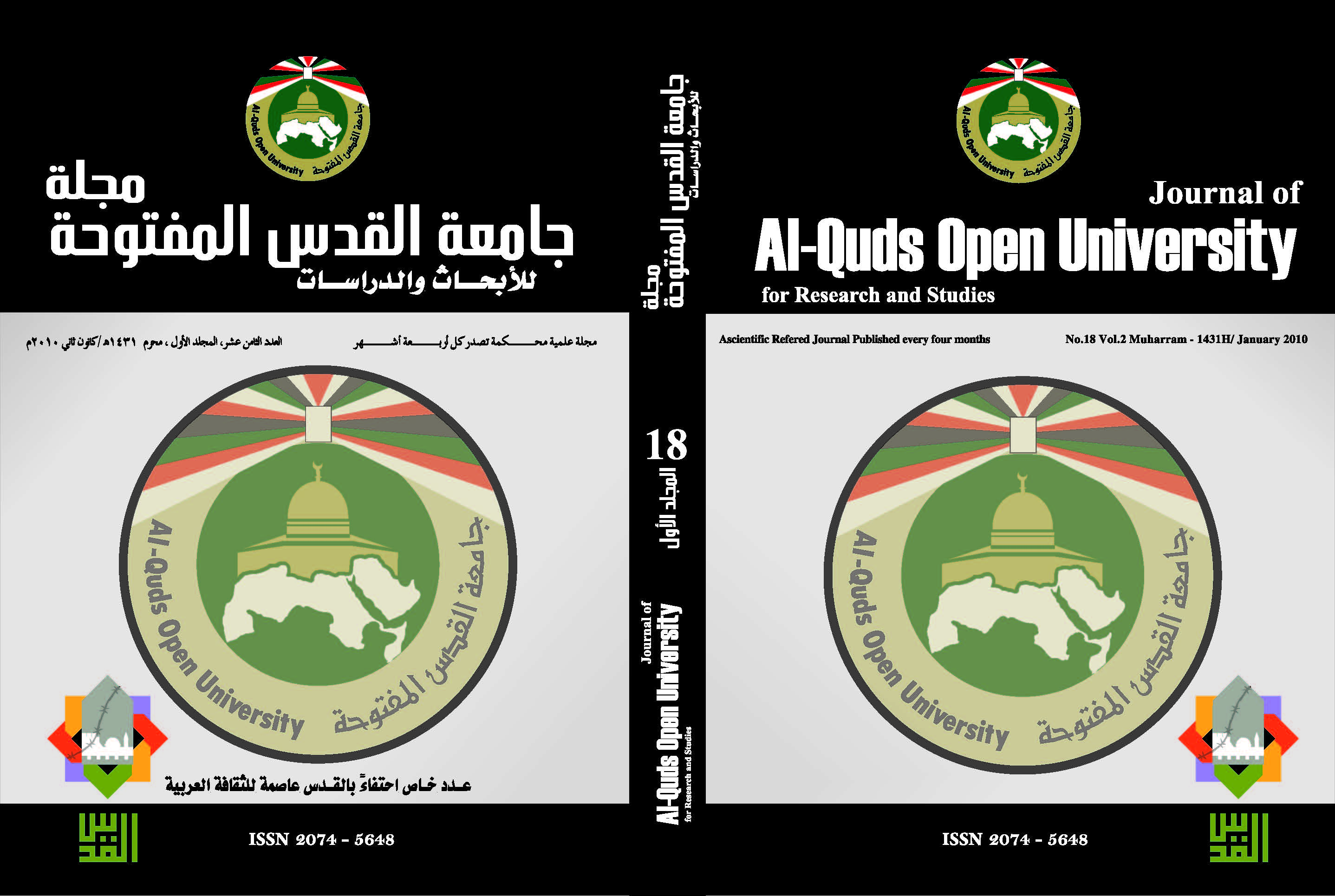The architectural Development of Jerusalem during the Islamic Period,
Keywords:
The architectural Development, Jerusalem, the Islamic Period,Abstract
This article deals with the architectural development of Jerusalem during
the Islamic period, from the time of the second orthodox Caliph Omar Ibn al-
Khattab who entered the city in 638 until the end of the Ottoman period 1917.
According to Madaba map, it appears that there was a change on the plan of
the city; it comprises the addition of the eastern part which includes the Aqsa
Mosque area and its southern and eastern parts. The architectural remains
indicate that there was an architectural development, started from the first
moment after Muslim taking over the city. This proved by the construction
of the Aqsa Mosque, the Dome of the Rock and other monumental buildings,
which still stand and located in various areas within the city walls. These
buildings represent all the architectural sectors: cultural, commercial and
social, which touched the city by the Islamic characters, which still to be seen
until our days.
Downloads
Published
How to Cite
Issue
Section
License
- The editorial board confirms its commitment to the intellectual property rights
- Researchers also have to commit to the intellectual property rights.
- The research copyrights and publication are owned by the Journal once the researcher is notified about the approval of the paper. The scientific materials published or approved for publishing in the Journal should not be republished unless a written acknowledgment is obtained by the Deanship of Scientific Research.
- Research papers should not be published or republished unless a written acknowledgement is obtained from the Deanship of Scientific Research.
- The researcher has the right to accredit the research to himself, and to place his name on all the copies, editions and volumes published.
- The author has the right to request the accreditation of the published papers to himself.













_2.png)
_.png)
_2.png)
_1.png)
_.png)

